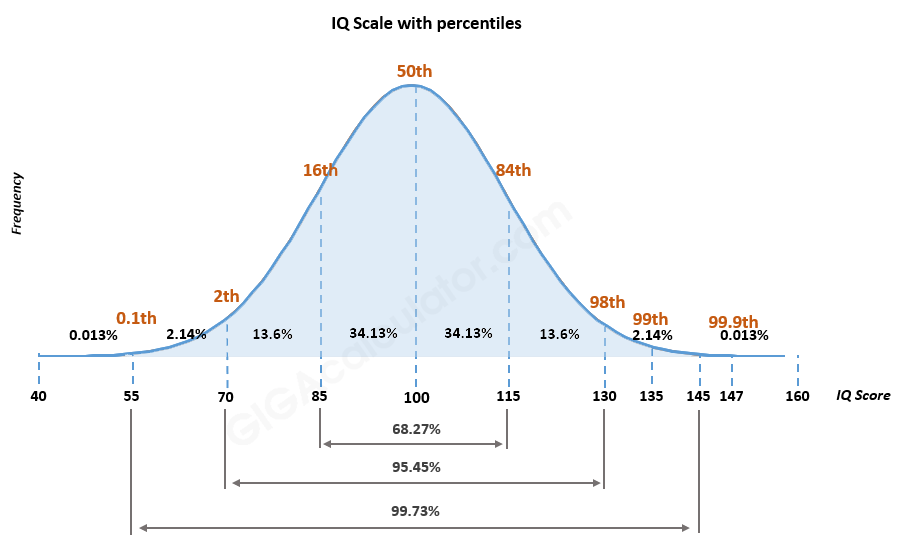Have you ever wondered what it takes for a rocket to leave Earth and travel into space? It’s not just a matter of turning on the engines and going up. To escape the pull of Earth’s gravity, a rocket has to reach something called escape velocity. Escape velocity is the minimum speed an object must reach so that gravity cannot pull it back down. In other words, it’s the speed you need to “break free” from a planet’s gravitational grip.
Gravity is the invisible force that pulls everything toward the center of a planet. It is why we stay firmly on the ground instead of floating into the sky, and why the Moon orbits around Earth instead of drifting away into space. The strength of gravity depends on two things: the mass of the planet and the distance from the center of the planet. A more massive planet has stronger gravity, and the closer you are to the center, the stronger the pull feels. This is why standing on the surface of Earth feels different from standing on top of a mountain or on the Moon.To understand escape velocity, it helps to think in terms of energy. Every object has energy in two main forms. One is kinetic energy, which is the energy of motion. The faster something moves, the more kinetic energy it has. The other is gravitational potential energy, which is energy stored because of an object’s position in a gravitational field. The closer you are to the planet, the more gravitational potential energy you have to overcome in order to escape. To get away from a planet, an object’s kinetic energy must be large enough to overcome the gravitational pull. When a rocket reaches escape velocity, it has just enough energy to climb out of the planet’s gravity without needing to keep firing its engines.
Calculating escape velocity involves a bit of math, but the concept is simple. You take the gravitational pull of the planet into account and figure out how fast something has to move to have enough kinetic energy to cancel out that pull. Interestingly, the mass of the rocket does not matter in this calculation. A small satellite and a massive rocket need to reach the same speed to escape. What does matter is the mass of the planet and the distance from its center. Bigger planets have higher escape velocities, and smaller planets have lower ones.
For Earth, scientists have calculated the escape velocity to be about 11 kilometers per second. To put that in perspective, that is roughly 25,000 miles per hour. It is astonishingly fast, far beyond anything we can achieve by just jumping or driving. This is why rockets need multiple stages and powerful engines. The first stage lifts the rocket off the ground and carries it through the thick lower atmosphere. The upper stages then accelerate it to reach escape velocity, allowing it to break free from Earth’s gravity entirely. Even with all that power, reaching escape velocity is still one of the most challenging parts of space travel.
Escape velocity is not the same for every planet or moon. The Moon, for example, is much smaller than Earth and has weaker gravity. A spacecraft leaving the Moon only needs to travel about two kilometers per second to escape, which is far slower than what is required on Earth. On the other hand, Jupiter, the largest planet in our solar system, has very strong gravity. A spacecraft trying to leave Jupiter would need to reach nearly sixty kilometers per second, which is more than five times faster than escaping Earth. The difference in escape velocities shows just how important the size and mass of a celestial body are in space travel.
The concept of escape velocity also helps explain why some objects, like satellites, can orbit planets instead of flying off into space. If an object moves fast enough to counter gravity but not so fast that it reaches escape velocity, it will go into orbit. Essentially, it is constantly falling toward the planet but moving forward fast enough that it keeps missing. This delicate balance between speed and gravity allows satellites to stay in orbit for years or even decades.
In the early days of space exploration, understanding escape velocity was crucial for designing rockets. Engineers had to calculate exactly how much fuel and thrust were needed to reach the necessary speed. If the rocket didn’t reach escape velocity, it would eventually fall back to Earth. If it went much faster than necessary, it would enter a higher orbit or leave the solar system entirely. Precision was key. Today, while modern rockets can use engines to continuously accelerate, escape velocity still provides a simple way to understand the minimum energy needed to leave a planet.
Even though escape velocity is a physics concept, it also shows us something about the universe. It reveals the invisible grip that gravity has on everything and why space travel is so difficult. It also explains why massive planets have thicker atmospheres and stronger gravity, making them harder to explore. And it helps us imagine how rockets and spacecraft have to be carefully designed to achieve speeds that feel almost unimaginable to us on Earth.
Understanding escape velocity can also make you appreciate the achievements of astronauts and scientists. When we watch rockets launch, we are seeing a human-made object reach speeds and energies that few people can even imagine. It is a reminder of how powerful natural forces are and how ingenuity and physics allow us to overcome them. When a rocket leaves Earth, it is not just moving through air; it is escaping the invisible chains of gravity, achieving something that would seem impossible without careful calculation and powerful technology.In everyday life, we don’t notice gravity as much because it is constant and predictable. But in space, gravity is a major obstacle. Knowing escape velocity is a way to measure that obstacle and figure out what it takes to overcome it. It shows how speed and energy are connected, and how motion and gravity interact. Even simple objects like meteorites or comets have to reach high speeds to escape the pull of planets or stars, which is why understanding escape velocity is important in astronomy as well.
In conclusion, escape velocity is the minimum speed needed to leave a planet’s gravitational pull without additional propulsion. It depends on the planet’s mass and size, and it shows the relationship between kinetic energy and gravitational potential energy. For Earth, that speed is about 11 kilometers per second, while for other celestial bodies it can be much faster or slower. Escape velocity is a key concept in physics and space exploration, helping us understand how rockets work, how satellites stay in orbit, and how objects move in the universe. It is both a challenging scientific idea and a fascinating way to think about the forces that govern our world and beyond. By learning about escape velocity, we gain insight into the invisible rules of motion that make space travel possible and appreciate the incredible achievements of human engineering.

